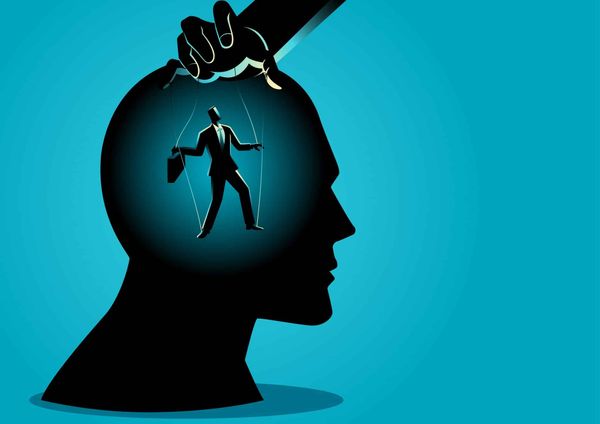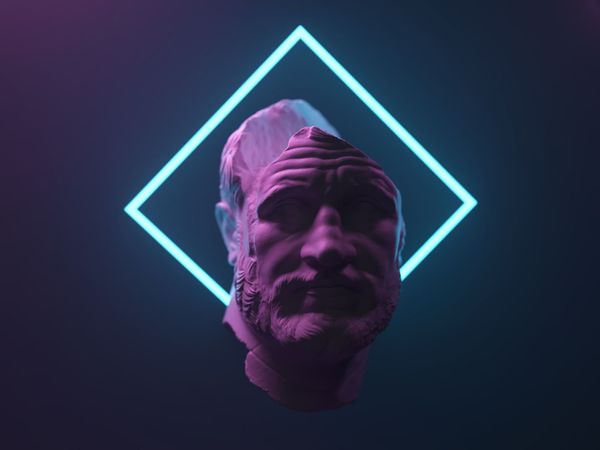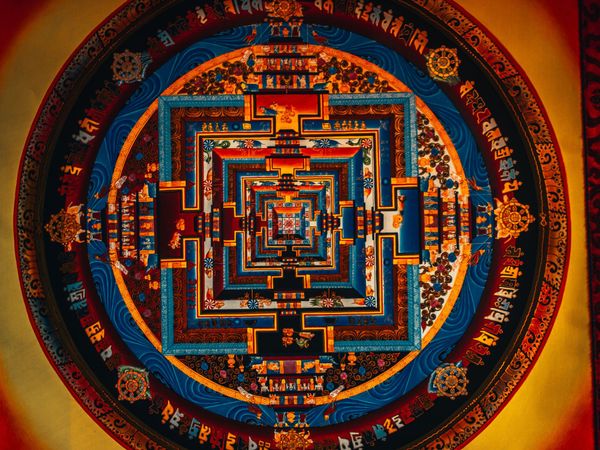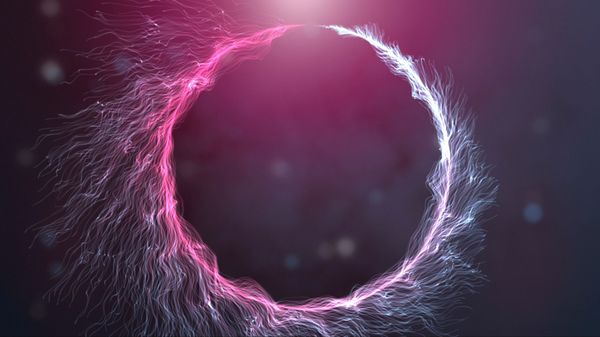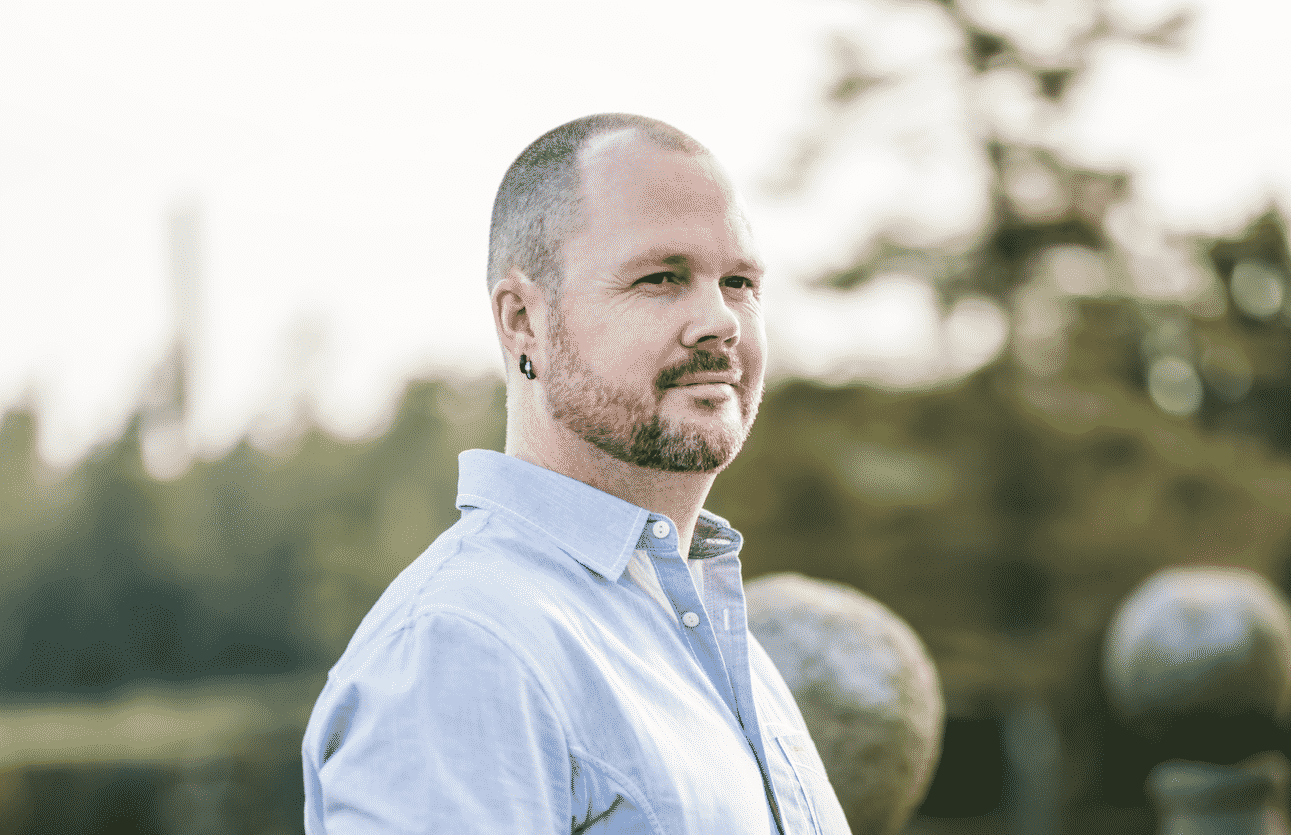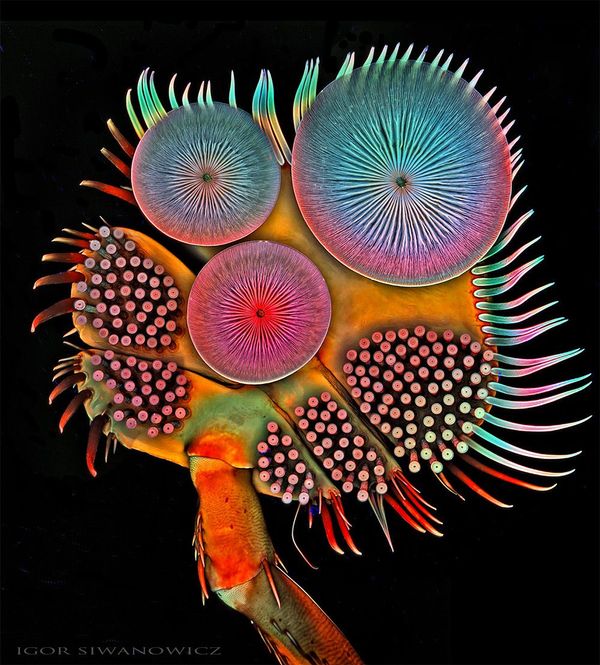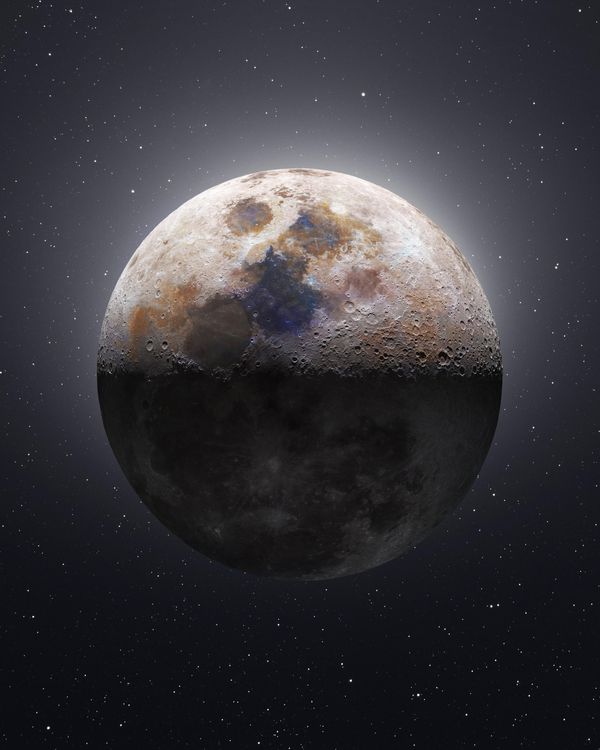Jordan Bates • • 8 min read
How to Stop Judging Yourself
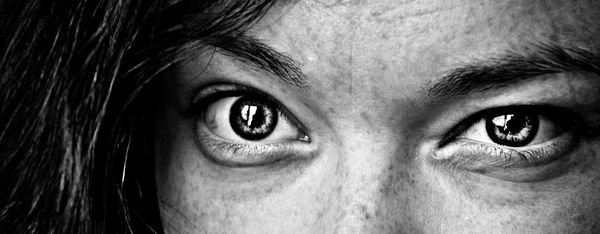
A wise woman told me that the root of all our suffering is the mental process of labeling some experiences as “good” and others as “bad.”
This dichotomy becomes a torture chamber.
In Western culture we are taught from an early age to categorize the world within dichotomies such as “good” and “bad,” “right” and “wrong.”
The ego loves this, because it loves to make other people or situations “wrong,” so it can feel “right” and superior.
The catch is that this doesn’t really work.
Judge Not Lest Ye Be Judged
When Jesus Christ, an early enlightened master, said, “Judge not lest ye be judged,” he was saying something profound.
He wasn’t saying, “Don’t judge others, or my anthropomorphic deity will smite you down.”
Rather, he was pointing to the profound psycho-spiritual truth that the level of intolerance we hold toward others is the same level of intolerance we hold toward ourselves.
Ultimately, there is nothing we can see or judge in the world that is not also within us.
We are all aspects of the same Oneness of Creation—expressions of the same Nature, the same Self.
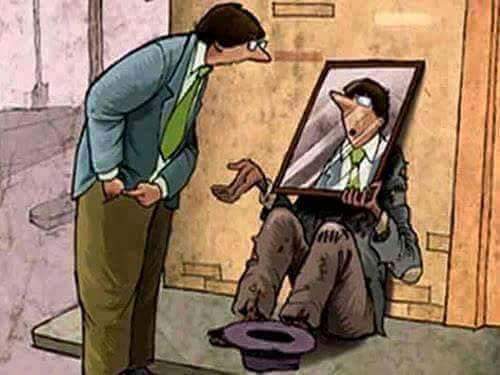
Furthermore, we all possess the same universal human nature, with all its healthful and dysfunctional potentialities.
David Hawkins put it nicely when he said, “All judgment reveals itself to be self-judgment in the end, and when this is understood a larger comprehension of the nature of life takes its place.”
Carl Jung was pointing to the same truth when he wrote, “Everything that irritates us about others can lead us to an understanding of ourselves.”
Jung also coined the term “shadow” to refer to everything we reject about ourselves and repress into the unconscious.
Your ego—your self-obsessed sense of ‘me’—wants to make others “wrong” so that it can be “right,” so it hides, denies, and represses everything about you that it deems “wrong” or “bad.”
We then project all this “wrongness” onto the external world. That is, we displace it away from ourselves and onto other people and situations, to make them “wrong.”
What we don’t realize is that everything we are judging or hating externally, we are also judging and hating in ourselves.
“As above, so below.”
So the process of judging oneself is quite subtle and tricky. Most of us judge ourselves far more harshly and constantly than we realize.
Many people are so pathologically judgmental that they are constantly finding things to hate externally, not realizing how deeply they actually hate themselves.
Their underlying insecurity and self-hatred is so great that they increasingly need to make everything and everyone around them “wrong.” This briefly satiates their ego by reinforcing its fragile sense of superiority.
Anytime you feel guilt or shame or self-blame or self-hatred, you’re becoming conscious of this process of self-judgment. You’re beginning to see how much this has been going on in the background of your life.
How to Stop Judging Yourself
When it comes to healing and dissolving this guilt, shame, and self-judgment, “the only way out is through.”
You cannot resolve these feelings by pushing them away; you must allow them to come up into the light of awareness.
“What you resist, persists.”
You must allow yourself to feel them fully without resisting them or wishing to change them; this is the essence of David Hawkins’ powerful Letting Go Technique.
The key is to begin to learn how to be the witness of these feelings, rather than identifying with them.
Ultimately you are not your thoughts or feelings or sense perceptions. You are the space in which all of these things are occurring. You are the Pure Awareness that underlies all phenomena and mental-emotional states. We all are.
When you begin to connect to this Awareness, you realize it is always there and always has been there. It is the one thing that has been constant your entire life.
And as you see this you begin to see that this Awareness is completely non-judgmental. From the vantage point of Awareness, all things are neutral and precisely as they need to be, aspects of the Divine Harmony of All That Is.
There are different ways to begin experiencing this Awareness, to step back from identification with your mind:
- Listen to Silence. One, recommended by Eckhart Tolle, is to practice listening to silence. This may sound paradoxical, but try it; attempt to listen to the sound of silence; even if there is noise, try to find the silence underneath. Awareness feels like an underlying silence, stillness, an invisible energy field of imperturbable peace.
- Infinite Field of Awareness. Another path is to close your eyes and attempt to feel how Awareness extends beyond your body, infinitely, in every direction, to encompass All That Is. You are the field, the space, not the content. Or as Pema Chodron says, “You are the sky. Everything else—it’s just the weather.” I like to visualize Consciousness erupting like a supernova from my mind, shooting outward in every direction, feeling how Awareness goes and goes, on and on into Infinity.
- Choiceless Awareness. Another is to simply attempt to become the witnessing Presence. That is, simply attempt to non-judgmentally observe all things arising and falling away within consciousness, not clinging to anything, not pushing anything away. Not choosing one thing over another. This is also called practicing “choiceless awareness.”
This may sound esoteric, but once you get a taste of what I’m talking about, you will understand, and you will see why this is a path to liberation. Libraries have been written on meditation; I recommend starting with The Power of Now by Eckhart Tolle and Letting Go by David Hawkins.
Once you are able to step back from your mind and bathe in the undifferentiated Ocean of Pure Consciousness, you increasingly gain the ability to hold space for yourself in a way you previously could not.
Feelings, emotions, memories, and aspects of yourself that would have previously been too painful to look at—and so were rejected and repressed—will now be able to begin rising to the surface.
When you are simply being the Awareness, the space in which all of this is arising, you are able to simply let it all be. You observe all that arises compassionately and non-judgmentally.
It’s best to start small and work your way up and out from there. You should not expect to be able to hold space for processing your deepest traumas on day one. This comes later.
Start by working with more minor things, such as your feeling of irritation at the grocery store clerk, or your pang of guilt about not replying to a message from a friend.
Healing the Pain Body
The “pain body” is a useful term coined by Eckhart Tolle to refer to the sticky, prickly mass of pain, fear, and other challenging emotions we all carry.
As you learn to tap into Awareness, your pain body will begin to surface. At first it’s almost like a frightened little animal poking its head out of its hole, checking to see if it’s truly safe to emerge.
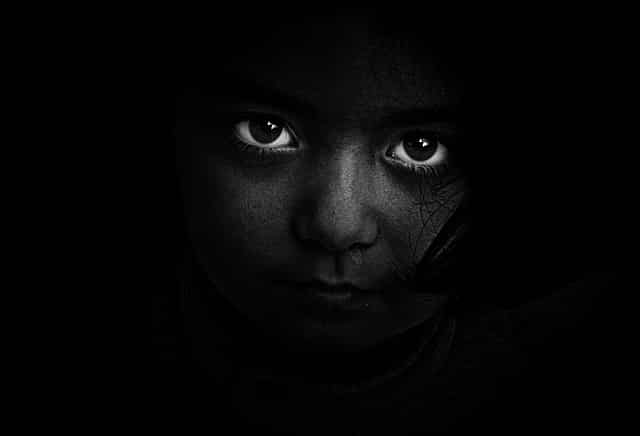
The pain body is closely connected to the shadow, in that it often contains much of what we have rejected in ourselves and repressed into the unconscious.
The parts of yourself that you least want to look at are the parts of you most in need of your unconditional love.
In my case, I have experienced my pain body as a kind of murky-muddy child-creature who feels totally denied and rejected. In meditation I’ve had visions of him lying on the ground in a fetal position feeling ugly, afraid, and unloved. I think our pain bodies are deeply connected to our inner child, as childhood is when we receive our first and often deepest and longest-lasting wounds.
As the pain body begins to emerge, hold space for it. Be the witnessing Presence, the non-judgmental Awareness. If you can remain in touch with the Awareness, you will hold a space of unconditional Love, in which all things are seen as Okay, inseparable from Divinity.
In this way, in meditative visions I have been able to swaddle my wounded inner-child in a blanket of unconditional Love, emanating warmth to him and telling him that he is enough, that he is beautiful.
If you are able to hold space for yourself, more and more of the pain body will come up. I do not want to sugarcoat the fact that this will be difficult. It’s some of the most difficult yet beneficial work one can do.
There’s a reason why you repressed all this stuff: You didn’t want to look at it or acknowledge it. All your fear, self-hatred, pain, grief, guilt, rage, jealousy, spite, aggression, hypocrisy, loneliness, depression, and resentment are there, in your pain body.
As this stuff comes up, you may have a hard time maintaining the space of unconditional compassion and acceptance. Do the best you can; pause when you need to. This is not a process to be accomplished in one session.
You may have difficult memories arise that you had forgotten. You may see aspects of yourself that are extremely challenging to acknowledge. You may be tempted to judge yourself for hiding all this stuff from yourself. Attempt to remain as non-judgmental as possible. Remember that all of this is completely Okay. This is what it is to be human.
You are beautiful, just as you are.
Gradually you will start to see that all the “inner demons” you were so afraid of were actually like wounded children—pieces of yourself you rejected that were simply desperately longing for your unconditional love and acceptance.
“Perhaps everything that frightens us is, in its deepest essence, something helpless that wants our love.”
— Rainer Maria Rilke
Transmuting and Integrating the Shadow
As you allow these pieces of yourself to come up into the light of awareness, something magical will begin to happen.
When you allow yourself to fully feel these difficult feelings—the feelings you had never allowed yourself to feel because they were too painful—you begin to heal and transmute them.
In a kind of alchemical process, these difficult energies dissolve and transform. In Jungian terms, this is known as “integrating the shadow.“
Once integrated into consciousness, “demons” can be transmuted into new powers:
Aggression can become warrior-like assertiveness.
Anger can become powerful passion.
Lust can become loving tenderness.
Judgment can become discernment.
Deceitfulness can become strategic shrewdness.
Fear becomes courage.
Pain becomes compassion.
Suffering becomes wisdom.
Making the Darkness Conscious
“One does not become enlightened by imagining figures of light, but by making the darkness conscious.”
— Carl Jung
Many spiritual people have barely begun to integrate the shadow.
They want just half of the Yin and Yang: Light and Rainbows without Dark and Tornadoes.

It takes courage and honesty to dig into the deep raw violent shadow—to see that mankind’s darkest potentialities reside within you.
Until you do this, though, you will unconsciously judge and condemn half of your nature.
And cut yourself off from the source of much personal power.
And what you reject in yourself will fester, convulse, and eventually take on a will of its own in order to be seen.
We cannot heal and liberate ourselves and rediscover our Primordial Wholeness by denying half of our nature.
Jung wrote, “No tree, it is said, can grow to heaven unless its roots reach down to hell.”
The dark, sticky, and painful aspects of life serve vital purposes, teach essential lessons, and add contrast, texture, and dynamism to the Divine Painting of this Cosmos.
Without forgetting Itself deep in the clutches of separation, Divinity could never experience the Divine Joy of remembering its True Nature.
By embracing and integrating the Whole of the Yin and Yang, we can increasingly see the Divine Completion of All That Is, cease judging any of it, and discover a Deep Peace.
We can transcend duality, increasingly embodying the Unity Consciousness that is needed to restore harmony on Earth.
We can wholly join the Dance of Life, embracing All, loving All.
Best wishes to you, my friend.
Peace, Love, Joy, Freedom, Power,
Jordan Bates

Jordan Bates
Jordan Bates is a lover of God, father, leadership coach, heart healer, writer, artist, and long-time co-creator of HighExistence. — www.jordanbates.life

